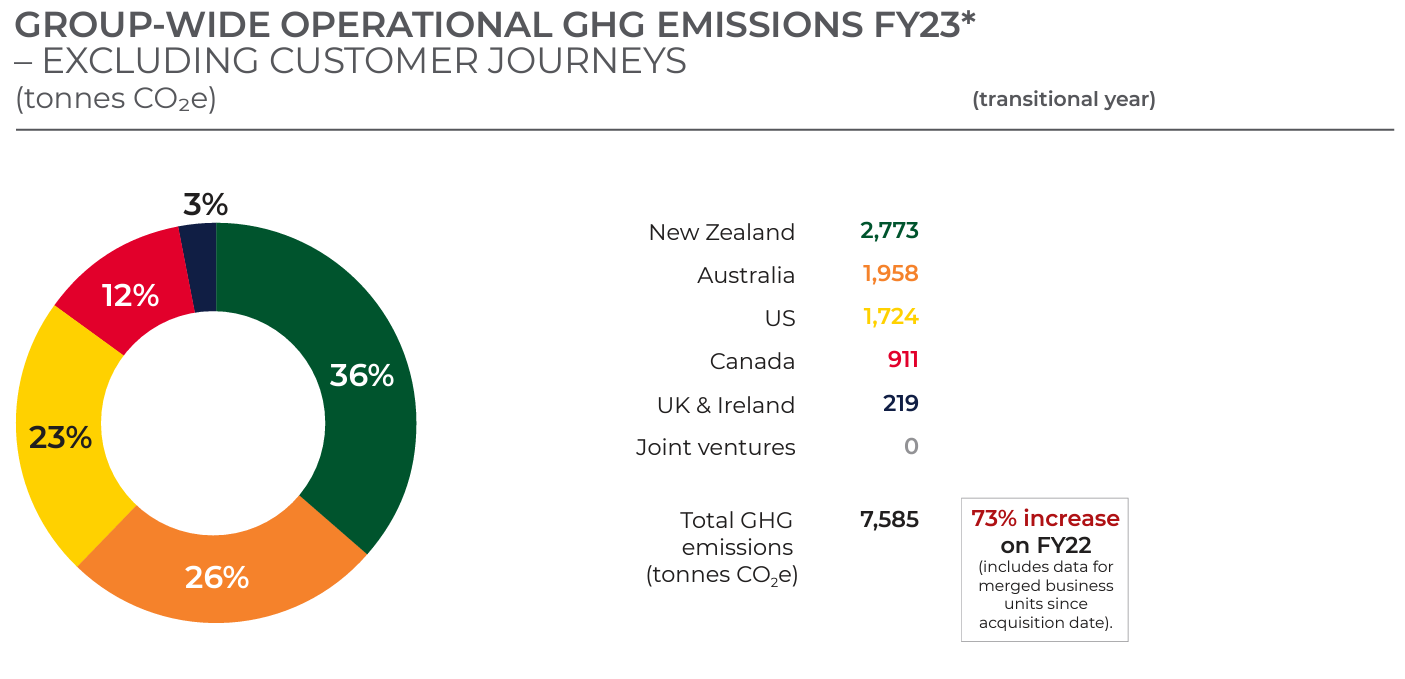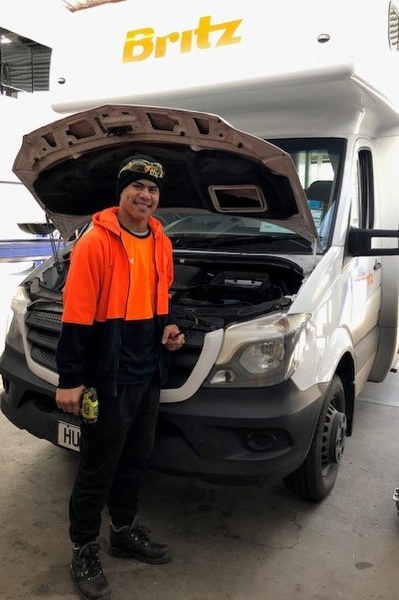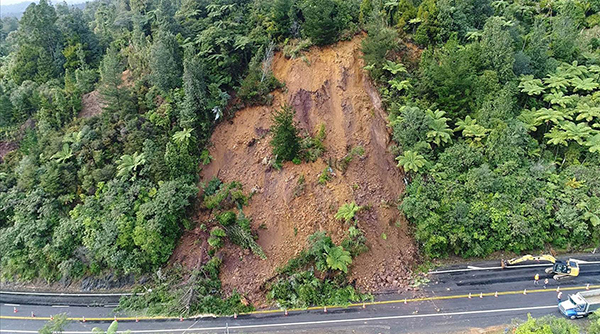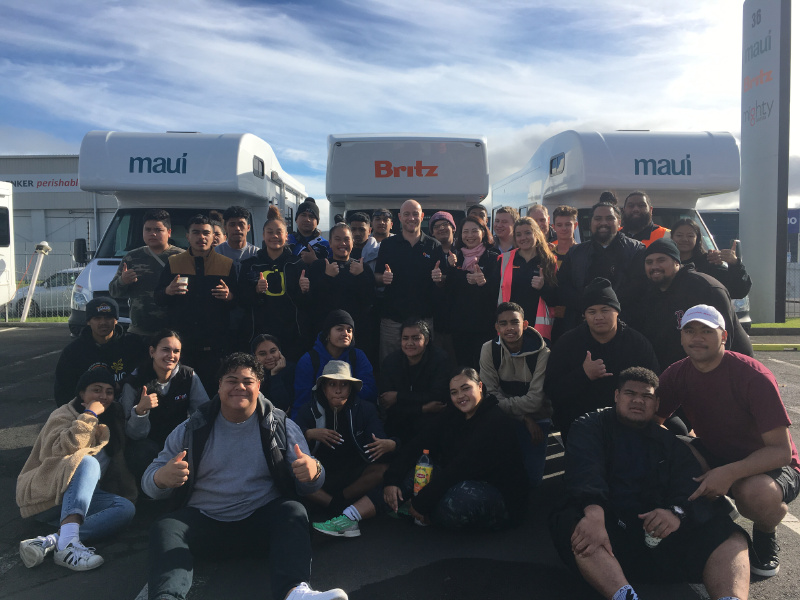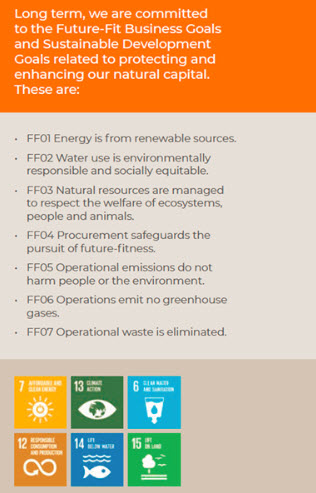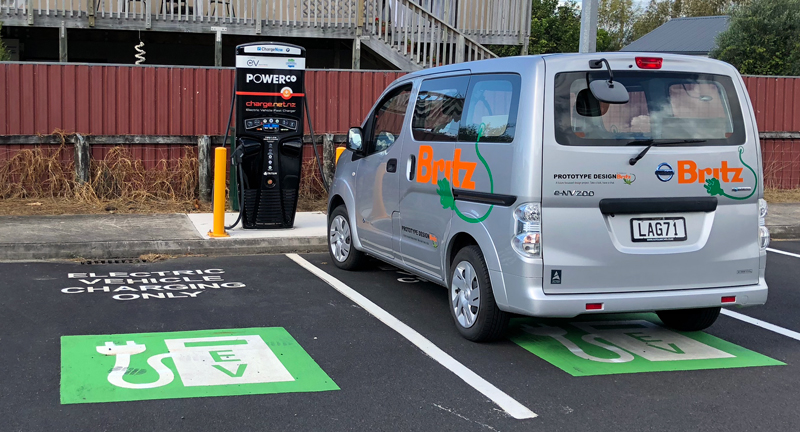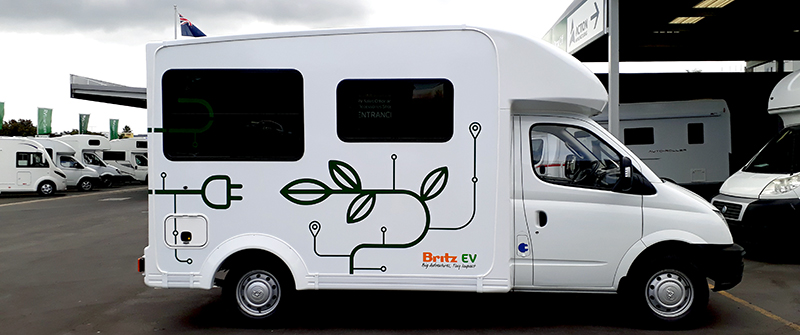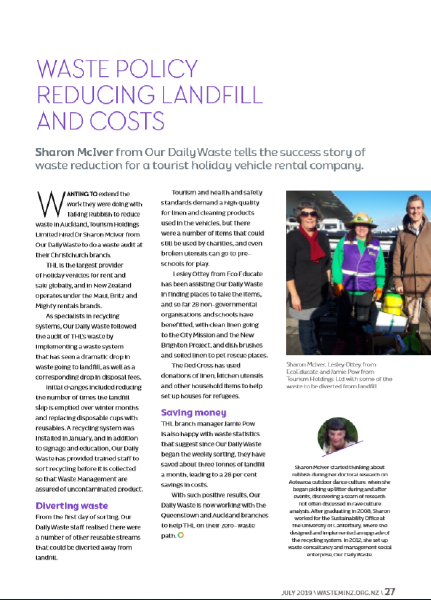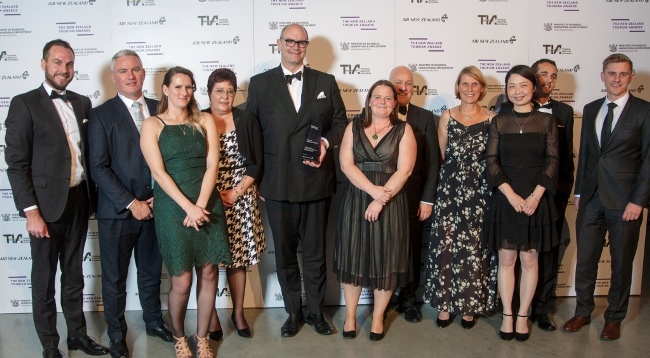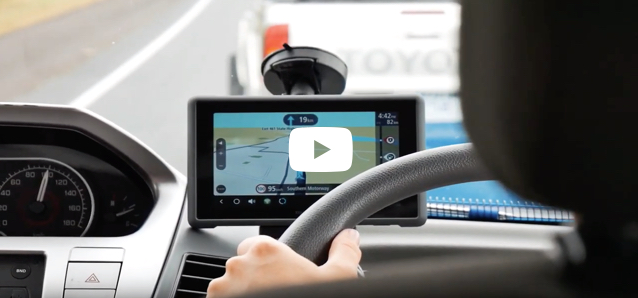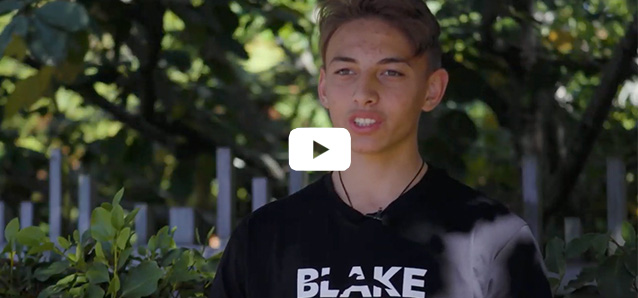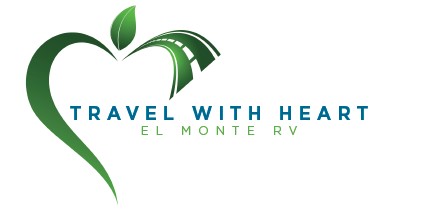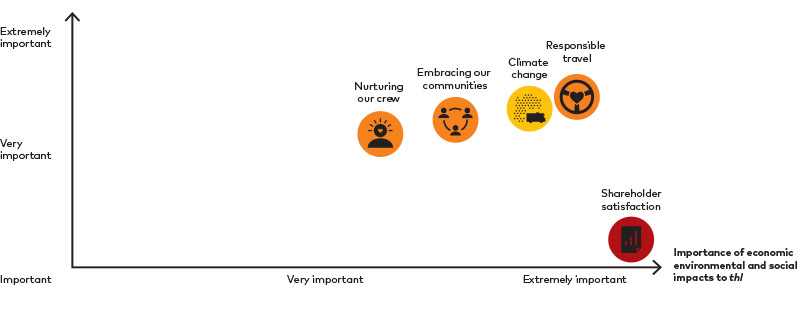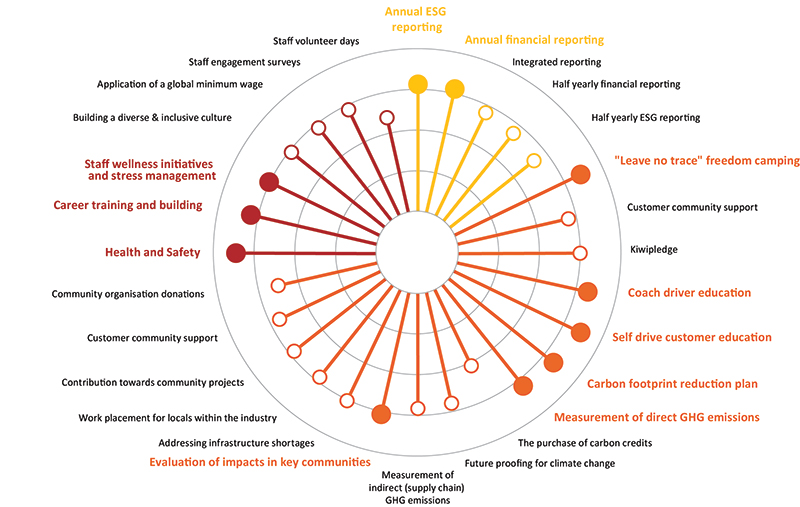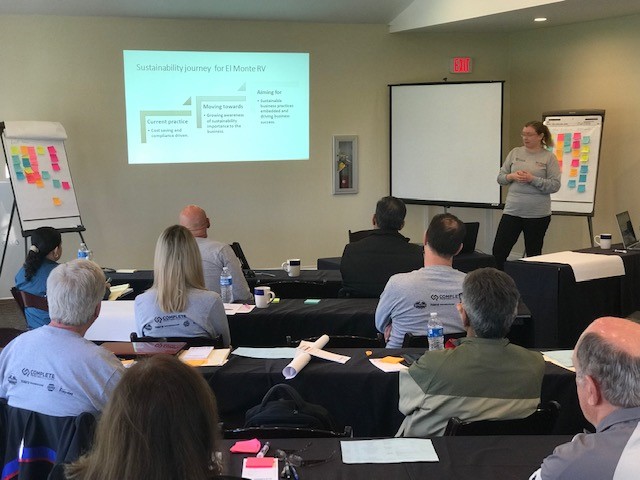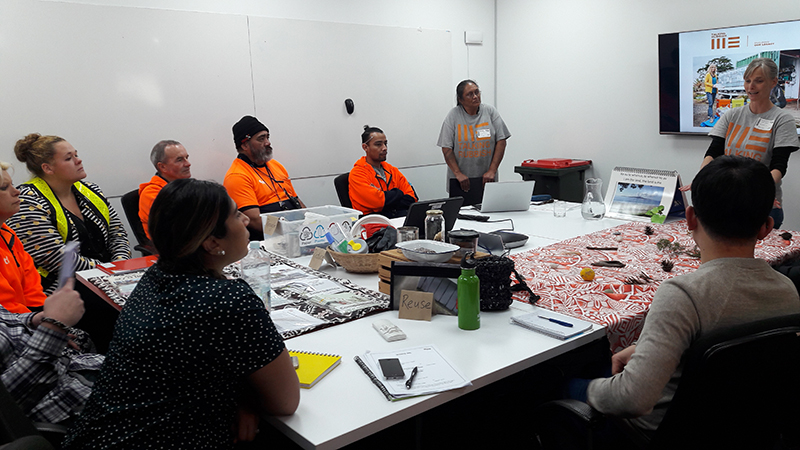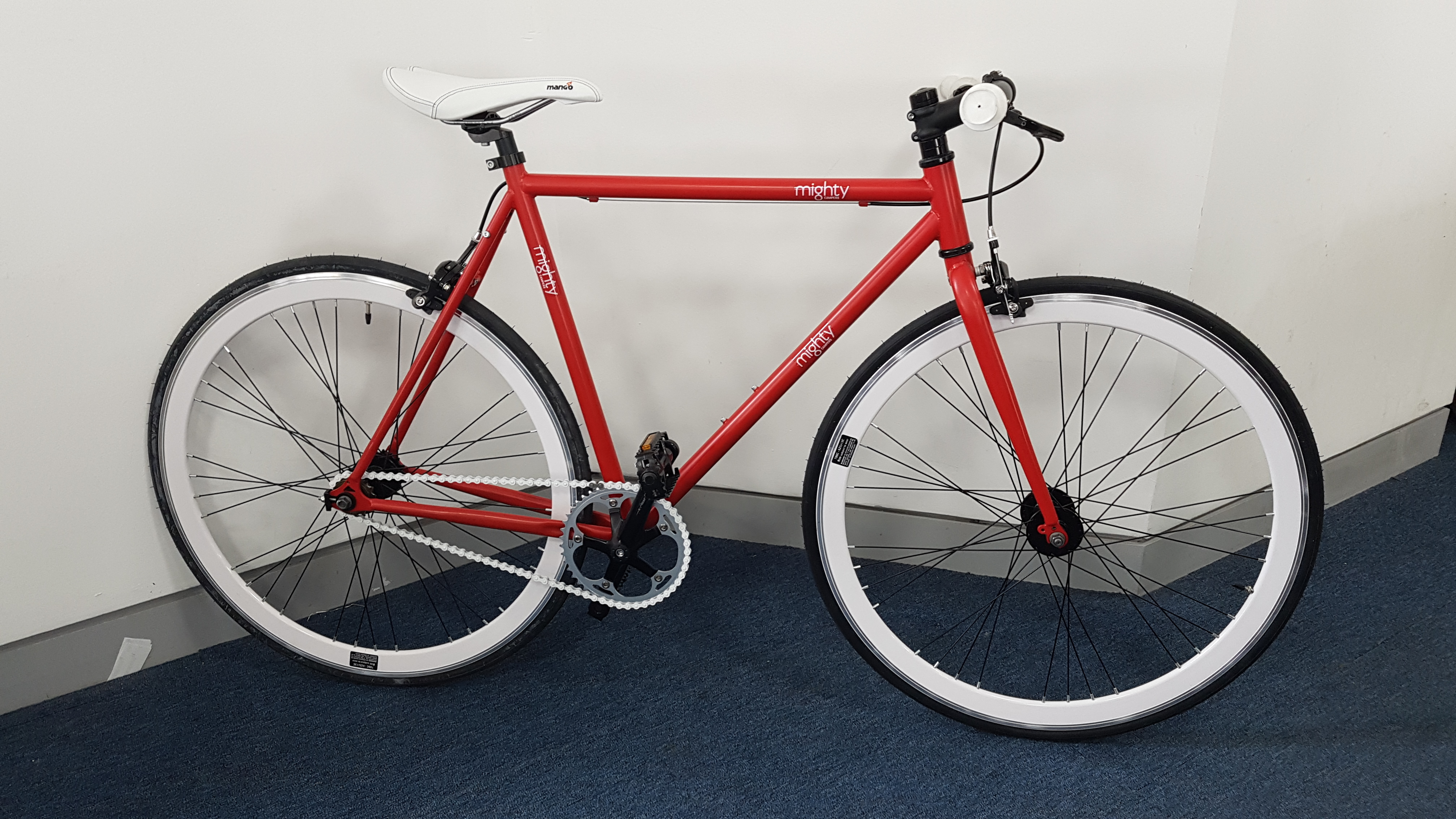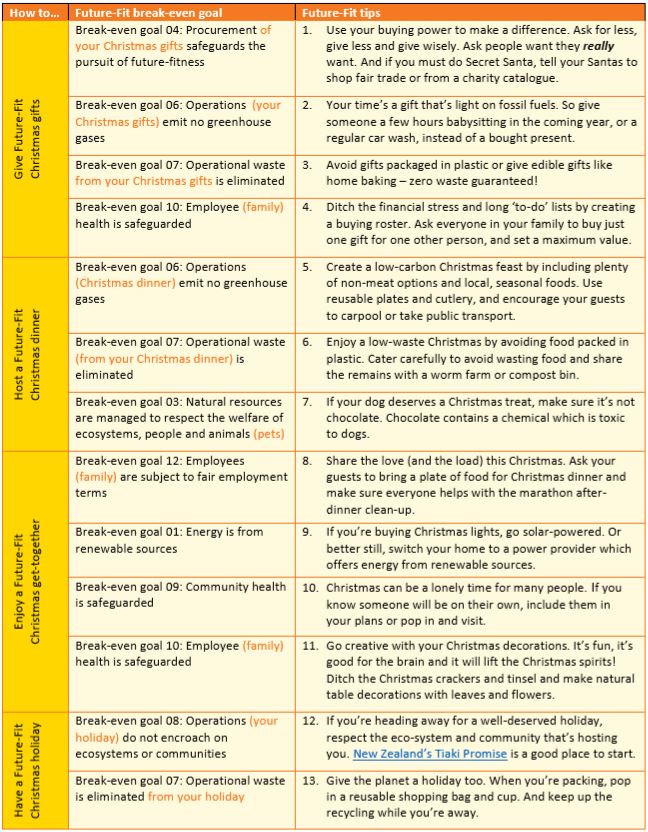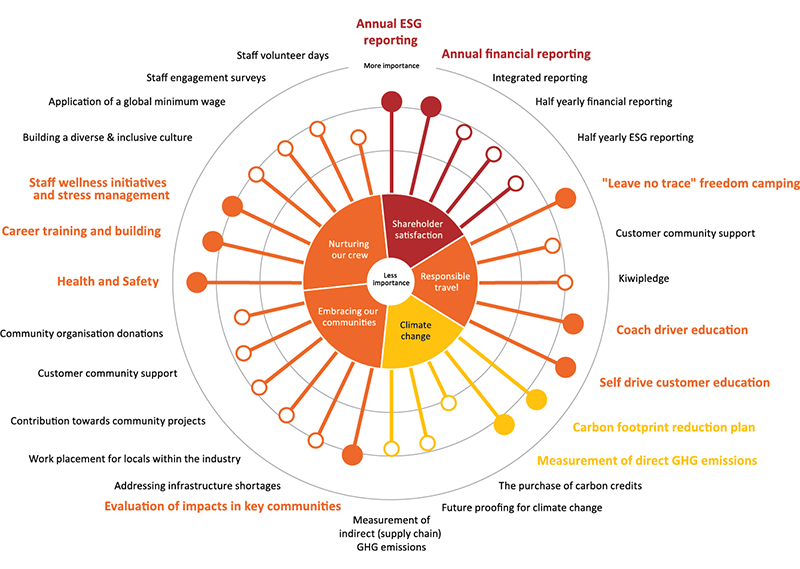Climate Disclosures: Strategy
Aotearoa New Zealand Climate Standard 1
Disclosures 11-16
Disclosure objective: To enable users to understand how climate change is currently impacting thl and how it may do so in the future. This includes the scenario analysis thl has undertaken, the climate-related risks and opportunities an entity has identified, the anticipated impacts and financial impacts of these, and how thl will position itself as the global and domestic economy transitions towards a low-emissions, climate-resilient future.
| NZ CS 1 | Disclosure Requirement | Disclosure Reponse |
| 11(a) | a description of its current climate-related impacts (see paragraph 12); |
This year we have seen developments in extreme climate-related weather events globally. thl has experienced the impact of these on our operations and revenue, including:
|
| 11(b) | a description of the scenario analysis it has undertaken (see paragraph 13); |
As with last year, this year’s climate scenario analysis has adopted the scenarios developed by the Network for Greening the Financial System (NGFS). The global coverage and integrated assessment of risks at the NGFS make their scenarios relevant and appropriate to thl’s multinational operations. Additionally, the NGFS scenarios have informed the core assumptions of the recently released New Zealand Tourism Sector Climate Scenarios. Changes made during this year’s review process have accounted for updates in global and sector scenarios including the NGFS scenarios and the release of the Aotearoa Circle’s tourism sector climate scenarios. To align with the recent release of the Tourism Sector Climate Scenarios, consultants augmented the chosen three NGFS scenarios to test the resilience of thl’s business model and strategy, including extremes of physical and transition risks. |
| 11(c) | a description of the climate-related risks and opportunities it has identified over the short, medium, and long term (see paragraph 14); |
Priority risks for thl were identified as:
Priority opportunities for thl were identified as:
A future opportunity for thl and its supply chain partners is to significantly increase investment into its Future Fleet Programme to transition its fleet. Priority risks and opportunities for thl and management actions are described in the Climate and Carbon Strategy section of the FY23 Integrated Annual Report. Further management actions are described in the Future Fleet section of the FY23 Integrated Annual Report. |
| 11(d) | a description of the anticipated impacts of climate-related risks and opportunities (see paragraph 15); and |
thl is committed to addressing its CR&Os by actively exploring their impact on various aspects of its business. Anticipated CR&Os on our key areas of business have been identified.
|
| 11(e) | a description of how it will position itself as the global and domestic economy transitions towards a low-emissions, climate-resilient future state (see paragraph 16). | At thl, we are continuously working to manage, minimise and ultimately eliminate our greenhouse gas emissions (GHG). We acknowledge that we are a part of a wider group and that this takes teamwork to conquer. We aim to work in partnership with other leading organisations in the industry to help drive the transition towards a low emissions RV and tourism sector. By bringing others along on the journey, we can deliver our purpose of creating unforgettable journeys for our customers and future generations.
Our Future Fleet programme is a core strategic goal of thl’s, and it aims to address our greatest sustainability challenge of decarbonising our motorhome fleet. The actions we take to decarbonise our fleet will determine our resilience in a low-emissions future economy. |
| 12(a) | current physical and transition impacts: | Addressed in 11(a) (above). |
| 12(b) | current financial impacts of its physical and transition impacts identified in paragraph 12(a) | For this year’s voluntary climate reporting, we have opted not to include disclosures of our current or anticipated financial impacts. To prepare for mandatory reporting in FY24 and full financial disclosures in FY25, we have started the process of developing our methodology for identifying and assessing the financial impact of our CR&Os. |
| 12(c) | if the entity is unable to disclose quantitative information for paragraph 12(b), an explanation of why that is the case. | |
| 13 | An entity must describe the scenario analysis it has undertaken to help identify its climate-related risks and opportunities and better understand the resilience of its business model and strategy. This must include a description of how an entity has analysed, at a minimum, a 1.5 degrees Celsius climate-related scenario, a 3 degrees Celsius or greater climate-related scenario, and a third climate-related scenario. |
thl used three climate scenarios, developed, and updated in 2022 by the Network for Greening the Financial Sector (NGFS). The priority CR&Os were assessed by testing their significance and materiality under each NGSF climate scenario. Then, each was assigned a rating to improve our understanding of where most material risks and opportunities are.
To assess the significance of thl’s CR&Os, a materiality rating has been assigned to each climate risk or opportunity. The assessment of CR&Os applied double materiality to encompass the material financial risks and additional qualitative factors such as reputational, operational and health and safety risks and opportunities. To meet the XRB’s definition of materiality and have assessed whether information could reasonably be expected to influence decisions made by primary users and have considered our own circumstances.
|
| 14(a) | how it defines short, medium, and long term and how the definitions are linked to itsstrategic planning horizons and capital deployment plans |
thl considers climate risks and opportunities across three-time horizons. The time horizons align with business planning, capital allocation and risk management timeframes. CR&Os were identified over the short, medium, and long-term. thl considers short-term to be up to be up to 24 months, medium-term to be 2-10 years, and long-term to be over 10 years.
|
| 14(b) | whether the climate-related risks and opportunities identified are physical or transition risks or opportunities, including, where relevant, their sector and geography; and |
thl has categorised climate-related risks and opportunities as:
thl has identified three transition risks, two physical risks and two opportunities. Together these make up thl’s priority CR&Os. Physical and transitional risks and opportunities for thl’s geographies of operation have been identified through the Global Fleet Scan Research Report and have informed the assessment of their impact on thl’s business model. |
| 14(c) | how climate-related risks and opportunities serve as an input to its internal capital deployment and funding decision-making processes. |
Currently thl includes sustainability criteria in capex decision-making forms. A key project for FY24 is a review of strategic decision-making processes at the governance and management level. This review will identify the triggers for influencing holistic sustainability, including climate resilience. A robust decision-making process will be developed that enables thl’s governance and management to consider sustainability when making decisions with supply chains, business operations, and capital projects. |
| 15(a) | the anticipated impacts of climate-related risks and opportunities reasonably expected by the entity | Addressed in 11(d) (above). |
| 15(b) | the anticipated financial impacts of climate-related risks and opportunities reasonably expected by an entity; | Addressed in 12 (b) - (c) (above). |
| 15(c) | a description of the time horizons over which the anticipated financial impacts of climate-related risks and opportunities could reasonably be expected to occur; and | |
| 15(d) | if an entity is unable to disclose quantitative information for paragraph 15(b), an explanation of why that is the case. | |
| 16(a) | a description of its current business model and strategy; | We are continuously working to integrate our response to climate change into our business model and strategy. Refer to ‘We are RV’ for an in-depth description of our ‘Build/buy-rent sell model (for RV’s). A core component of our business model is informed by our approach to transitioning our fleet. |
| 16(b) | the transition plan aspects of its strategy, including how its business model and strategy might change to address its climate-related risks and opportunities; and |
Through our Future Fleet Programme, future-fit goals and Future Fleet Scan, we have the foundations to prepare a transition plan in FY24. In March 2023, thl commissioned a consultancy to undertake a global ‘Future Fleet Scan’ of trends across thl’s regions of operation. the consultants' researchers and specialists in climate, energy, and transport explored climate trends, speed of regulatory change in phase-out of ICE vehicles, opportunities for grants and research in edge technology and infrastructure readiness. This research is informing thl’s Future Fleet Programme – a commitment to reducing emissions from thl’s motorhomes and fleet. |
| 16(c) | the extent to which transition plan aspects of its strategy are aligned with its internal capital deployment and funding decision-making processes. | Discussed in 14(c) (above). |





